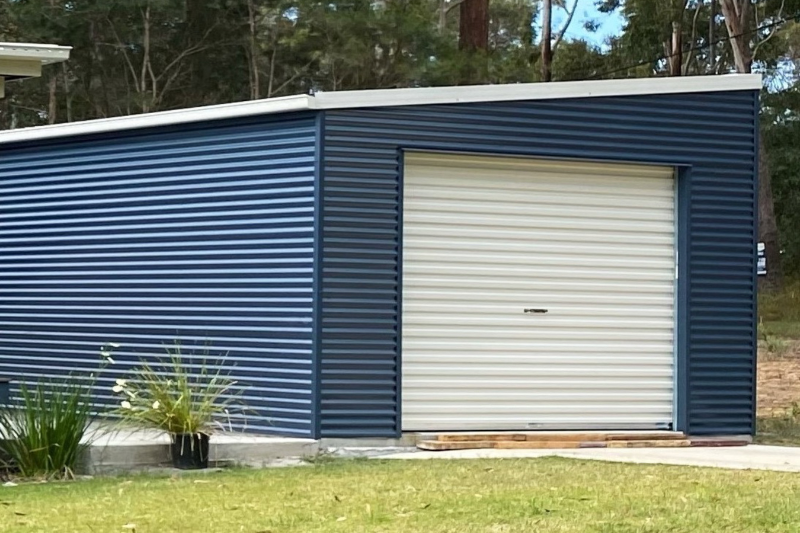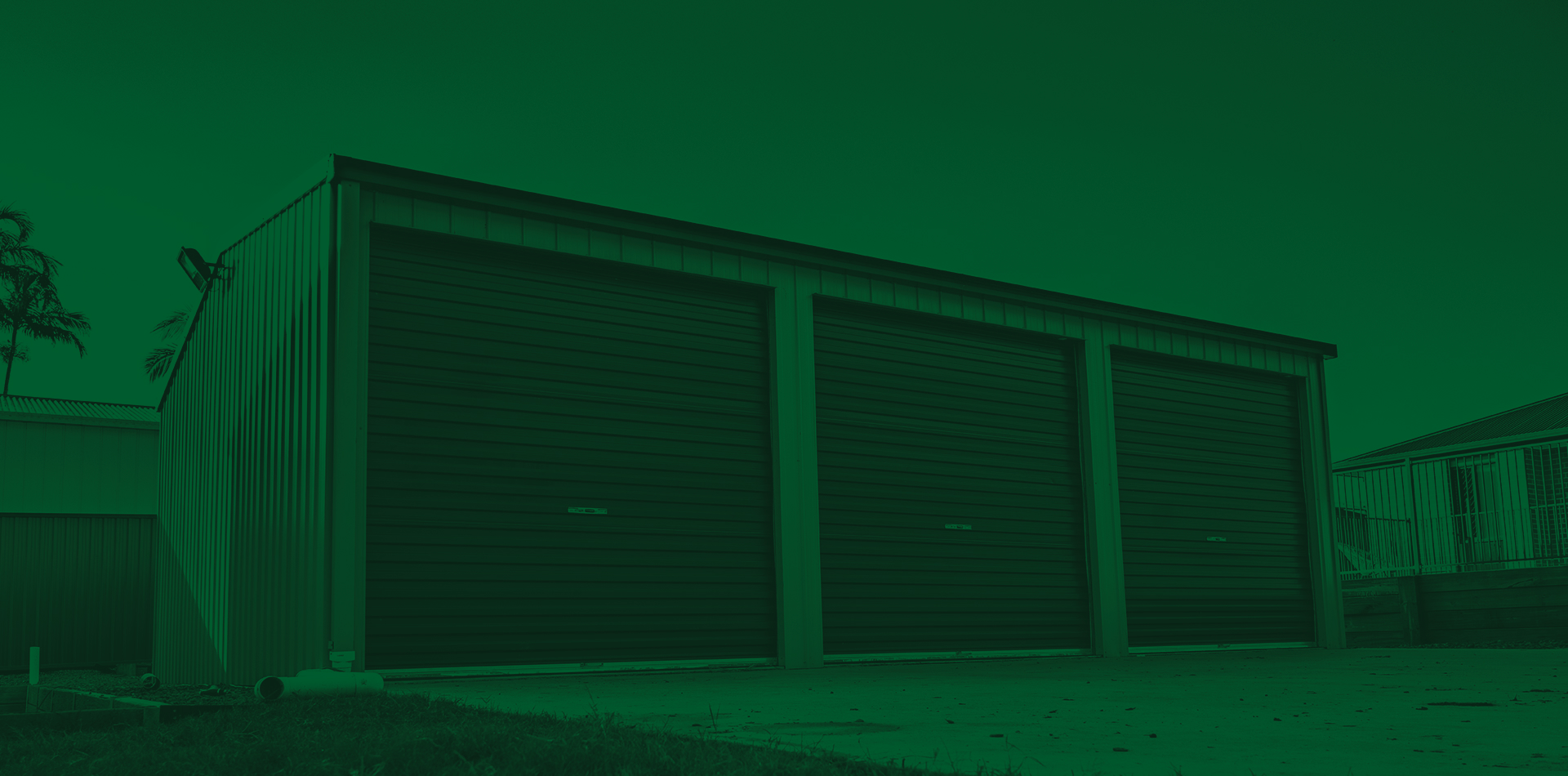
What you need to consider when building a shed
When it comes to selecting and building your ideal shed, there’s a lot to consider. After all, a high-quality shed is a long-term investment that adds value to your property, your lifestyle and your machinery.
So, what should you keep in mind when it comes to choosing and building a shed?
Shed purpose
If you’re buying a shed, chances are you have a purpose in mind. Perhaps it’s a shed for your large machinery, a workshop, additional office space or simply a garden shed to house gardening equipment.
Clearly understanding the shed’s purpose and how it will be used helps determine a range of things including size, access doors, the number of bays, windows, shed positioning, and more.
It also pays to remember few people ever look back and lament the fact their shed’s too big, so if you can, go slightly bigger than currently required to accommodate how the shed might be used in the future.
Positioning
Where you position your shed is hugely important, and this applies to both its location on your block and its aspect.
Although not all properties have the luxury of space, you want to consider things like:
- Which direction it will face for easy access
- Whether it will need access to a power source
- How far from the house it will be
- Any restrictions that might be involved, such as proximity to the fence line, areas prone to flooding etc
Ultimately, the positioning of the shed will impact how easy it is to use and access, which also affects whether you are likely to want to spend time there or can easily store your personal effects and items.
Build strength, foundations, and slabs
Solid construction, good foundations and quality materials are the cornerstones of any quality shed, and these need to be factored in when you’re selecting which shed company and builder you plan to work with.
Make sure you ask about foundations and other structural components such as purlins and bracing to ensure your shed has the strength it needs for the job you have planned.
Meanwhile, you’ll also want to weigh up what type of flooring you require. Is it to be bare earth? A cement slab?
For example, in an agricultural or garden shed, bare earth might suffice, but in a large shed where you store cars or use as a workspace, a cement slab might be better.
Climate and environment
Australia’s climate takes its toll on everything, and that includes sheds, but as we all know this climate varies from state to state and region to region.
When you’re selecting and building a shed, consider the environment where it will be located, factoring in things such as bushfire risk, flood risk, potential winds, and rainfall.
Each of these factors has the potential to impact the ideal location for the shed and its positioning. For example, you might nestle a shed into a hill rather than perch it on top of it in a windy area, or you might reconsider which direction the bay doors face.
Meanwhile, in a bushfire prone area, you might want to locate your shed away from overhanging trees to mitigate ember attack and install roof sprinklers.
Access to replacement parts
Every now and then your shed might need a little maintenance, so how easy is to access replacement parts that suit your specific shed.
When you source a shed from a reputable company like Titan, replacement parts and optional extras are readily available, so you can maintain your shed and even improve it over time.
Seeking some shed inspiration?
Looking for some additional shed inspiration? You can find tips on storage, maintenance and some unexpected uses for your shed here or browse our range of shed options.

